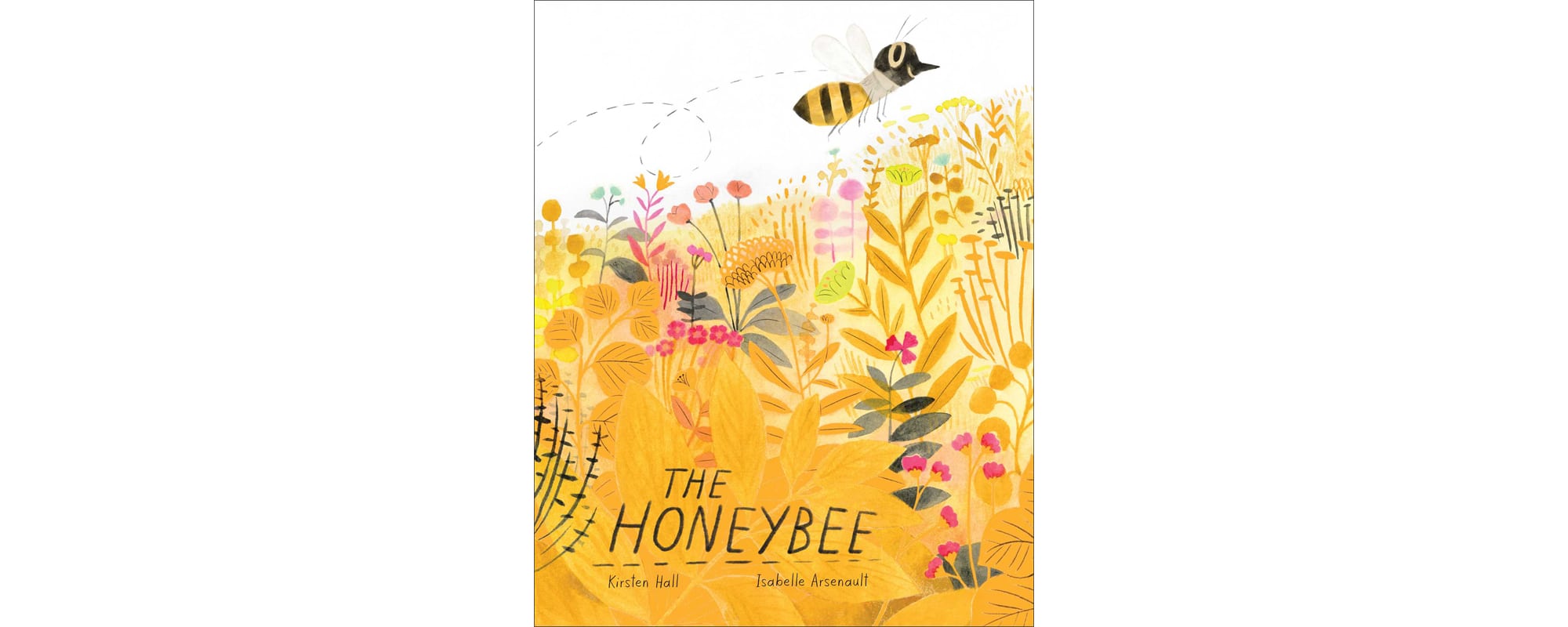 Environmentalism has long held a place in literature for children. It has been over 40 years since Dr. Seuss’s Lorax first spoke for the trees. New York–based writer Kirsten Hall (The Gold Leaf) carries on this tradition and speaks for the bees in her latest picture book.
Environmentalism has long held a place in literature for children. It has been over 40 years since Dr. Seuss’s Lorax first spoke for the trees. New York–based writer Kirsten Hall (The Gold Leaf) carries on this tradition and speaks for the bees in her latest picture book.
The Honeybee is a delightful introduction to the crucial role of nature’s hardest workers. Readers follow a bee as it journeys from flower to hive. Nectar is turned to honey. Seasons come and go, winter passes, and the bee returns to a blooming field. The narrative ends where it began, a nod to the perpetuity of natural cycles.
Hall’s language is rich and lively. Her cadence buzzes with all the energy of a hive. The Honeybee is a joyful read-aloud – the rhymes and repetition are as much fun to speak as they are to hear.
Quebec illustrator Isabelle Arsenault (Jane, the Fox and Me) brings the text to life with her signature mixed-media style, a unique combination of gouache and pencil. Predominantly done in yellows and black, the images are accented with pops of blue and fuchsia flora.
Hall and Arsenault are a perfect match. Each of their work acts to strengthen the other’s; neither the words nor the pictures are overshadowed. The Honeybee also strikes an ideal balance between fact and fiction, proving that accuracy and playfulness are not mutually exclusive. There is enough story here to satisfy at bedtime and sufficient science to complement a classroom lesson.
Helpful advice on how (and why) to practise bee conservation can be found at the back of the book, complete with calls to action to inspire young environmentalists. Whether by planting flowers or writing letters to local politicians, readers of The Honeybee are urged, “Let’s go BEE powerful advocates for the honeybee together!”
 Contact us via email
Contact us via email

